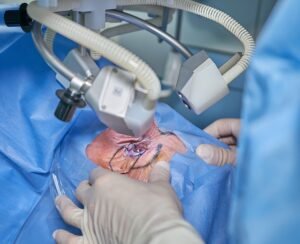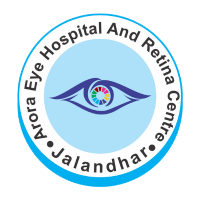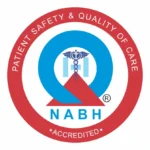Cataract Surgery Services

Title: Restoring Clarity with Comprehensive Cataract Surgery Services
Cataract surgery services encompass a range of specialized treatments aimed at restoring vision impaired by cataracts, a common age-related eye condition characterized by the clouding of the eye’s natural lens. These services offer individuals affected by cataracts the opportunity to regain clear vision, improve quality of life, and enhance independence by addressing the underlying cause of vision loss.
1. Cataract Surgery Services
Cataract surgery services involve the diagnosis, evaluation, and surgical management of cataracts, with the primary goal of removing the cloudy lens and replacing it with an artificial intraocular lens (IOL). This outpatient procedure is one of the most commonly performed surgeries worldwide and is known for its high success rate and rapid recovery.
Cataract surgery services may include various surgical techniques and advanced technologies tailored to each patient’s specific needs and preferences. From traditional phacoemulsification to laser-assisted cataract surgery, these services offer comprehensive solutions to address cataract-related vision impairment effectively.
2. What are the Conditions?
Cataracts develop gradually over time and are primarily associated with aging, although they can also result from other factors such as eye injury, certain medications, or systemic diseases. Common conditions and symptoms associated with cataracts include:
– Blurred or cloudy vision
– Difficulty seeing in dim or low-light conditions
– Increased glare or sensitivity to light
– Reduced color perception
– Double vision in one eye
– Frequent changes in glasses prescription
As cataracts progress, they can significantly impact daily activities such as reading, driving, or watching television, leading to a decline in quality of life. Early detection and timely intervention are essential to prevent further deterioration of vision and ensure optimal treatment outcomes.
3. How is it Operated?
Cataract surgery is typically performed under local anesthesia on an outpatient basis, meaning patients can return home on the same day as the procedure. The surgery involves the following key steps:
– Anesthesia: Eye drops or an injection may be used to numb the eye and ensure patient comfort throughout the procedure.
– Incision: A small incision is made in the cornea to access the lens capsule.
– Phacoemulsification: Using a specialized ultrasound probe, the cloudy lens is broken into tiny fragments and gently suctioned out of the eye.
– IOL Implantation: Once the cataract is removed, an artificial intraocular lens (IOL) is inserted into the lens capsule to replace the natural lens and restore clear vision.
– Closure: The incision is closed using self-sealing techniques, typically without the need for sutures.
Patients may experience improved vision almost immediately following surgery, with minimal discomfort and a relatively short recovery period. It’s essential to follow post-operative instructions provided by the surgeon to promote healing and ensure optimal visual outcomes.
Arora Eye Hospital: Leaders in Cataract Surgery Services
At Arora Eye Hospital, we are committed to providing exceptional cataract surgery services delivered by a team of renowned ophthalmologists and supported by state-of-the-art technology. Our experts have extensive experience in diagnosing and treating cataracts using the latest surgical techniques and advanced intraocular lens options.
We understand the impact of cataracts on daily life and are dedicated to helping our patients regain clear vision and independence through personalized treatment plans tailored to their unique needs and preferences. Whether it’s traditional phacoemulsification, laser-assisted cataract surgery, or premium IOL options, we offer comprehensive solutions to address cataract-related vision impairment effectively.
Trust Arora Eye Hospital for unparalleled expertise, compassionate care, and superior outcomes in cataract surgery services. Schedule a consultation today and take the first step towards a brighter, clearer future with Arora Eye Hospital by your side.
FAQ's
- The goal of glaucoma treatment is to control intraocular pressure (IOP), which is a major cause of damage to the optic nerve. Although glaucoma cannot be cured, there are a number of useful techniques that can assist manage the illness and maintain eyesight.
- Beginning and Signs: Until considerable vision loss occurs, open-angle glaucoma usually develops gradually without any visible symptoms. On the other hand, abrupt symptoms including intense eye discomfort, headaches, and blurred vision can occur with closed-angle glaucoma.
- Treatment Strategy: Although decreasing intraocular pressure is a common treatment for both kinds of glaucoma, the approaches and timing of treatment vary. Prompt attention is necessary for closed-angle glaucoma in order to avoid a sharp rise in intraocular pressure.
Visit: https://resightvisionfoundation.com/message-from-managing-trustee/
Read more services: https://aroraeyehospital.com/specialties/

